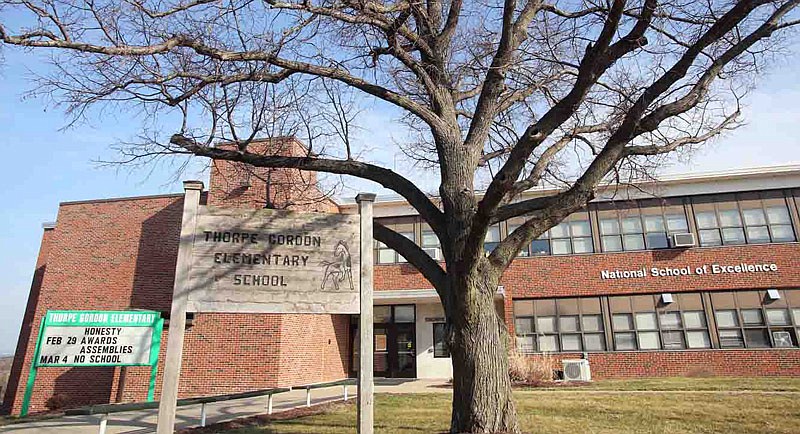The Jefferson City School District Boundary Advisory Committee came together for the first time Tuesday to look at the best ways to determine attendance boundaries for schools in the district.
Gathered at the JCPS Education Center, the committee members, mostly parents, included two representatives from each elementary school boundary, three school staff members, and two "at large" members without children in the schools.
Karen Daniel-Hamberg, of Cooperative Strategies, a partnering organization on the project, explained the process the committee will go through. Using census data, geographic knowledge and a number of other factors, members will create "scenarios" with different boundary lines, eventually culminating in boundaries to present to the Board of Education after being vetted by the superintendent.
The committee will recommend their solutions to the board in January, and the board will take action in February.
Daniel-Hamberg stressed community transparency, citing the project website that displays all of the background information she presented Tuesday and encouraging members to tell people about it.
The committee will consider a number of factors when creating boundaries: minimizing disruption of student learning, keeping siblings together, balanced enrollment and facility size, balanced socio-economic relationships in schools, cost-effective transportation, maintaining feeder patterns, following natural boundaries and keeping neighborhoods together. Daniel-Hamberg explained sometimes these factors may come into conflict and may not always be possible to maintain, but they provide some guidelines.
People often wonder why district boundaries can't be determined by just allowing each student to go to the closest school, she said. However, she explained if that were the case, some schools would be overcrowded, some would be well below capacity and others would be made up of neighborhoods that were not geographically connected.
To get the process started, Daniel-Hamberg put maps up on a screen and asked committee members to help determine small neighborhood-based units with which to plan for elementary schools. Next week, the committee will dive into making boundary options.

